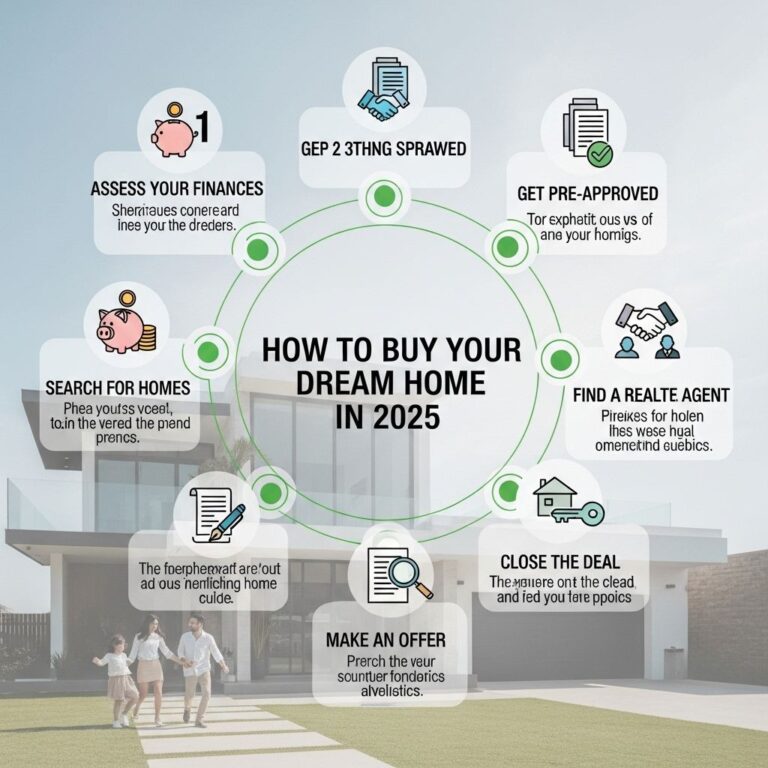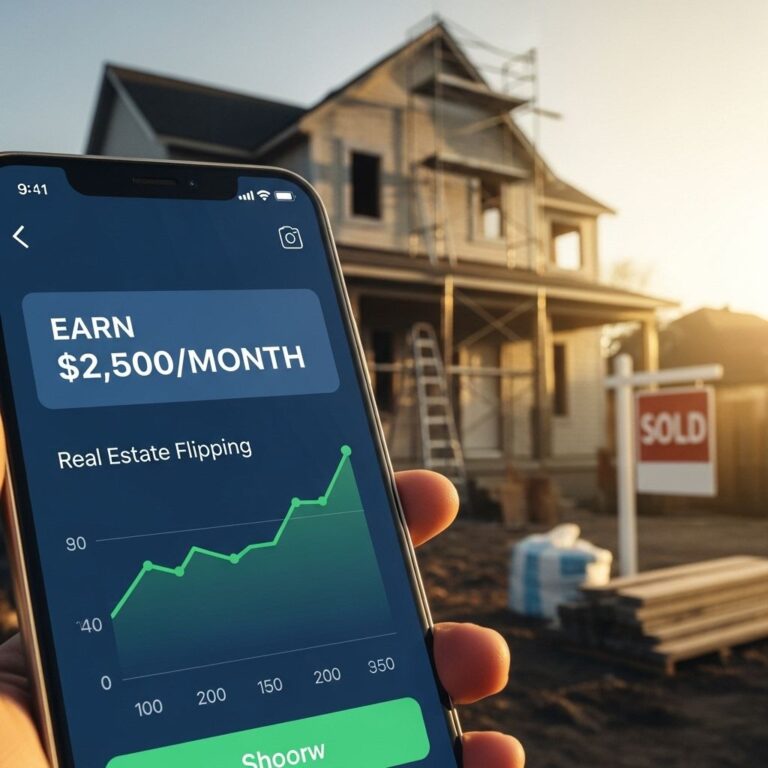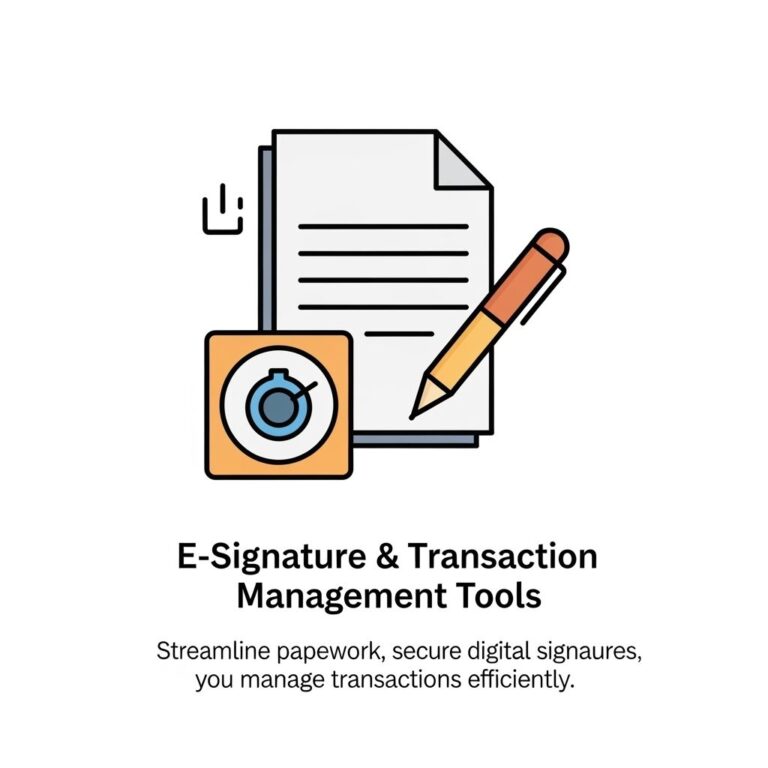Identifying hot neighborhoods before they fully emerge on the real estate radar is both an art and a science. Investors, homebuyers, and urban planners alike strive to pinpoint areas that are set to experience growth, increased demand, and rising property values. Understanding the dynamics that indicate a neighborhood is heating up can provide immense advantages in real estate decisions. Here, we delve into some critical indicators and strategies for identifying these promising locales.
Table of Contents
Key Indicators of Hot Neighborhoods
Several qualitative and quantitative factors can signal a neighborhood is on the rise. Here are some of the primary indicators:
1. Economic Growth
- Increased job opportunities in the area
- New business openings and investments
- Low unemployment rates
2. Demographic Changes
An influx of new residents, particularly younger professionals and families, can indicate a neighborhood’s potential. Key demographic trends include:
- Population growth rates
- Changes in household income levels
- Educational attainment levels
3. Infrastructure Development
Government and private sector investments in infrastructure can be a strong signal of a neighborhood’s future. Consider the following:
- New public transportation options
- Upgraded roads and bridges
- Public spaces like parks and recreational facilities
Using Data to Spot Trends
While many indicators are qualitative, leveraging data can provide concrete evidence of a neighborhood’s heat. Here are some data sources to consider:
1. Real Estate Analytics Platforms
Utilizing platforms such as Zillow, Redfin, or Realtor.com allows you to track property value trends, days on market, and sales data. Key metrics to look at include:
- Median home prices
- Price per square foot
- Appreciation rates over the last 5-10 years
2. Crime Rates
Neighborhoods with declining crime rates often attract new residents who feel more secure. Comparatively analyze crime statistics, observing:
- Year-over-year crime rate reductions
- Types of crime (violent vs. property crime)
3. School Performance
Excellent schools are a magnet for families. By examining school rankings and performance metrics, investors can gauge neighborhood desirability:
- Test scores and graduation rates
- School funding and resources
- Community involvement and programs
Community Engagement and Lifestyle
The vibrancy of a neighborhood can significantly influence its attractiveness. Engaging with the local community is crucial in assessing this aspect. Key community factors include:
1. Local Events and Culture
Neighborhoods that host regular events, such as farmers’ markets, art walks, and music festivals, often have a strong sense of community. This engagement enhances livability and attracts new residents.
2. Walkability and Amenities
Walkability impacts the desirability of a neighborhood. Assess the availability of:
- Grocery stores
- Cafés and restaurants
- Public transit options
3. Social Media and Online Presence
Check social media platforms and local forums for discussions and sentiments regarding the neighborhood. Positive buzz on platforms like Facebook, Instagram, and Nextdoor can be telling.
Emerging Trends and Gentrification
Understanding the socio-economic dynamics at play can provide insight into gentrification processes, which often drive up property values in previously undervalued neighborhoods:
1. Gentrification Indicators
| Indicator | Impact |
|---|---|
| New businesses | Attracts higher income residents |
| Renovation projects | Increases property values |
| Increased property taxes | Signals demand |
| Change in local demographics | Shifts community profile |
Conclusion
In conclusion, identifying hot neighborhoods is a multifaceted process that requires a keen eye for economic and social trends. By analyzing data, observing community engagement, and understanding demographic shifts, investors and homebuyers can position themselves ahead of market trends. As with any investment, thorough research and due diligence are crucial to making informed decisions. The neighborhoods of tomorrow await; those who can spot the signs today will surely reap the benefits in the future.
FAQ
What are the key indicators of a hot neighborhood?
Key indicators include rising property values, increased demand for rentals, new businesses opening, and demographic shifts showing an influx of young professionals or families.
How can I research upcoming neighborhoods?
You can research upcoming neighborhoods by analyzing real estate trends, following local news, visiting community forums, and using online tools like Zillow or Realtor.com to track property sales.
What role do schools play in identifying hot neighborhoods?
Good schools often attract families and drive demand for housing, making neighborhoods with quality educational institutions more desirable and potentially ‘hot’.
How does public transportation impact neighborhood desirability?
Proximity to public transportation can significantly increase a neighborhood’s attractiveness, as it provides residents with easy access to jobs and amenities, thereby driving up property values.
Are there specific trends to watch for in the housing market?
Yes, trends such as low inventory, increasing rental prices, and new construction projects can indicate a hot market, suggesting that a neighborhood may be on the rise.
What online tools can help identify hot neighborhoods?
Online tools like Redfin, Zillow, and local real estate websites often provide insights into market trends, neighborhood statistics, and property value forecasts to help identify hot neighborhoods.









